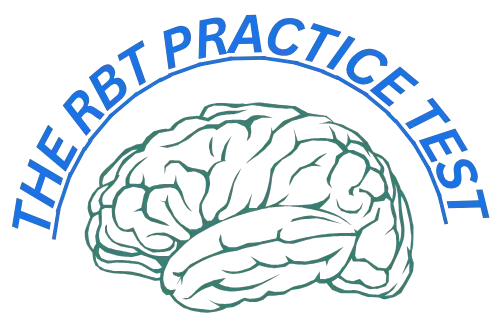Unit B – Assessment (RBT Study Guide)
In this unit, you’ll learn how Registered Behavior Technicians (RBTs) assist in conducting and supporting behavioral assessments.
Assessment is the foundation of effective Applied Behavior Analysis (ABA) — it helps identify what drives behavior and how to create successful interventions.
What Is Assessment in ABA?
Assessment in ABA is the process of collecting data to understand a client’s behaviors, skills, and environment before designing a treatment plan.
It answers questions like:
- Why does the behavior occur?
- What skills need to be taught?
- Which reinforcers motivate the client?
✅ Quick Definition:
In ABA, assessment is the systematic gathering of information to identify the function of behavior and guide individualized behavior plans.
RBTs play a supportive role by recording observations, conducting preference checks, and assisting their supervisor (usually a BCBA or BCaBA) during the evaluation process.
Types of Assessment in RBT Practice
1️⃣Preference Assessments
Preference assessments determine which items, activities, or interactions the client finds motivating.
- Single-item: Present one item at a time.
- Paired-choice: Offer two items and record selection.
- Multiple-stimulus: Present several items together.
These assessments help choose reinforcers that increase desired behaviors.
💡 Example: An RBT might discover a child prefers stickers over toys, guiding reinforcement strategies.
FAQ: What is a preference assessment example?
A therapist offers a child a ball or a puzzle; whichever the child selects is noted as a preferred item.
2️⃣Functional Behavior Assessments (FBA)
A Functional Behavior Assessment identifies why a behavior occurs — its “function.”
Steps include:
- Collect data on when and where the behavior happens.
- Develop a hypothesis about the behavior’s function (attention, escape, access, sensory).
- Observe and verify patterns through direct observation.
🔎 Tip: The purpose of an FBA is to determine the function of a behavior so effective interventions can be designed.
RBTs assist, but the BCBA interprets and finalizes the FBA results.
3️⃣Skill Assessments
Skill assessments measure what a client can already do and what skills need to be taught.
Common tools:
- ABLLS-R – Assesses language and learning skills.
- VB-MAPP – Measures verbal behavior milestones.
RBTs record data while the supervisor analyzes results.
4️⃣ Indirect vs Direct Assessments
| Type | Description | Example |
|---|---|---|
| Indirect | Based on interviews, checklists, or questionnaires. | Asking parents about behavior patterns. |
| Direct | Based on live observation and data collection. | Recording behavior frequency during a session. |
🧩 Key takeaway: Combining both methods provides the most accurate behavioral picture.
The RBT’s Role in Assessment
RBTs gather accurate, unbiased data and maintain ethical standards while working under supervision.
Their duties include:
- Conducting preference assessments
- Recording ABC (Antecedent-Behavior-Consequence) data
- Assisting in skill probes
- Maintaining confidentiality
How Assessment Guides Behavior Intervention Plans (BIPs)
Assessment results shape every Behavior Intervention Plan.
Example:
If a child screams to gain attention, the FBA may identify “attention” as the function.
The BCBA then designs a plan to teach appropriate communication instead.
Accurate assessments ensure that interventions are effective, ethical, and personalized.
Practice More
For full preparation, explore these:
Common Tools Used in RBT Assessment
- Preference checklists
- ABC data sheets
- Scatterplots
- Behavior rating scales
- Skill-tracking forms
Use structured data sheets to keep information objective and easy to analyze.
Ethical Considerations in Assessment
RBTs must:
- Follow the BACB Ethics Code
- Avoid bias or assumptions
- Report observations honestly
- Keep all client information confidential
💬 Pro Tip: When uncertain about interpretation, always consult your BCBA — RBTs assist, they don’t analyze results.
Practice Questions – Unit B: Assessment
FAQs about RBT Assessment
Q1: What is Unit B in the RBT exam?
It covers assessment procedures, including preference assessments, FBAs, and data collection roles of the RBT.
Q2: How can I prepare for RBT Assessment questions?
Review examples, practice mock questions, and study how data informs behavior plans.
Q3: What’s the difference between indirect and direct assessment?
Indirect uses interviews or reports; direct involves real-time observation of behaviors.
